We homesteaders love our tools. We hang them from our belts, carry them until the handles show the impression of our hands, and use them to accomplish amazing things. As we keep our acres and animals in good working order, certain items start to become near extensions of our arms and take on their own personality (we do have a hammer named Bob, after all).
But among the splitting mauls, favorite mixing bowls, scythes, hori-hori knives, and shovels that may dominate the conversation when it comes to what is most useful, there is one humble item I have found utterly necessary in my daily doings.
Its appearance is nothing Instagrammable, no one passes heirloom versions of them down to their grandchildren, and it doesn’t look particularly country-chic when I haul it around. But I truly don’t know how I’d get through a day without one.
It’s the 5-gallon bucket.
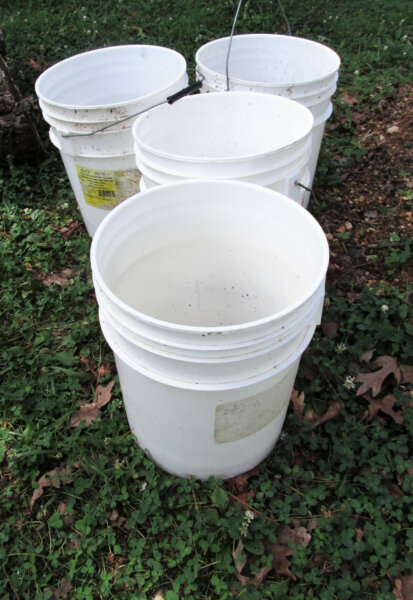
Maybe you are also aware of the Swiss-Army-Knife nature of this unassuming vessel. If you’re not, allow me to regale you with a list of how the 5-gallon bucket has become as much a part of our homestead as the chickens, apple trees, and pond.
Is my gushing adoration for this item over the top? I don’t think so. And after perusing this list of uses for the most adaptable of buckets, maybe you’ll have some of your own bucket-love to share.
1. Animal Waterer
Animals from chickens to bucket calves can be given their much-needed liquids from creative uses of a 5-gallon bucket. Easy to fill, easy to clean, and easy to replace. What more could you ask for? These plans use chicken nipples (an awful phrase to google, I know!) to convert a bucket into a coop waterer that can last an entire week.
2. Food Storage
If you live in the country or are raising your own food, the question of food storage will always need to be answered. On our homestead, dry goods are ordered or grown in bulk and then safely stored away in clean, food grade 5-gallon buckets topped with Gamma Seal lids.
These lids make the bucket a moisture proof, mouse-and-pest proof fortress to safely hold your wheat berries and lentils until it’s time for them to feed your family.
3. Water Transport
Whether you need to move water to the sheep for the morning or are supplying an off-grid home with fresh water for washing hands, the 5-gallon bucket is the perfect tote to transport some H2O. Loaded with 4-ish gallons (to prevent sloshing), a bucket is usually around 32 pounds — which is an easy enough load to manage.
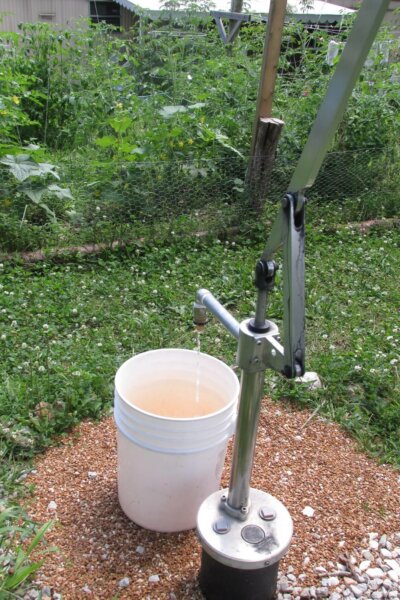
I usually keep four scrubbed-and-bleached buckets on hand for moving water, and though it is heavier, I have found it easier to walk balanced when you have a full bucket in each hand. Using white buckets is ideal for this purpose, as it is always abundantly clear when they need to be cleaned again.
4. Laundry
For those of us living off-grid, laundry is a hurdle that needs to be figured out eventually. Though I have tried multiple different systems for manually washing clothes, I have found that a set of 5-gallon buckets — one for wash, one for rinse — are the best method for getting clothes clean.
When paired with an old-fashioned washing plunger and a sturdy clothesline, you’ll find your clothes will be cleaner than they were when simply wet and swirled by a machine.
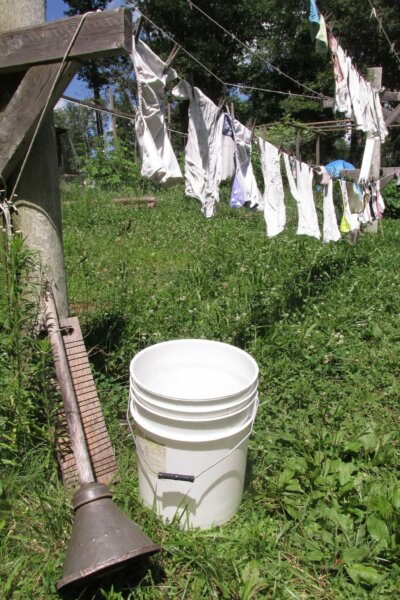
The old-fashioned washing plungers are sometimes hard to find — mostly because lots of people have forgotten what they are. Go into your local antique store and you may find one. You’ll have to know what they look like, though, because oftentimes people won’t know what you’re talking about.
Related Post: Why You Should Start Using A Clothesline
For the intrepid few out there who are off-grid and using cloth diapers, keeping a separate pair of buckets for washing and rinsing — as well as a separate washing plunger — is the best way I have found to clean them effectively.
5. Foraging Assistant
We eat a lot of foraged food on our homestead, and the faithful 5-gallon bucket usually goes with us on nut-gathering expeditions. Light enough to tote through the brush, and large enough to hold a significant quantity without getting unbearably heavy, they make an ideal collection vessel during the plentiful bounty of fall.
6. Composting Toilet And Fill Storage
If you’re trying to get off-grid, living in a tiny house, converted bus, or van without connected utilities, or are sick of scrubbing a wasteful water-flushing toilet, a composting toilet is an amazingly simple, stink-free way to do the daily doo (and to keep it out of streams and waterways, too).
Related Post: 5 DIY Composting Toilet Ideas And Details To Consider
Whether you simply stick one of these camping lids on the bucket itself or construct yourself a beautifully tiled throne, the 5-gallon bucket is the heart of the system.
One bucket will handily hold your fill material, and another will safely collect your solid and liquid waste for composting. I wrote a much longer article on the subject here for those willing to change their paradigms and try something sustainable.
7. Bucket Backpack
It may sound a bit ungainly, but a 5-gallon bucket can be quickly converted into a tough (but surprisingly comfortable) backpack for trapping or tool-toting. This set of straps makes an instant backpack though you can certainly try your hand at fashioning your own.
8. Rain Catchment
Let’s say you want to start collecting rainwater for off-grid laundry or watering your poultry, but you’re limited on space or skills. Simply set out a 5-gallon bucket during a rainstorm.
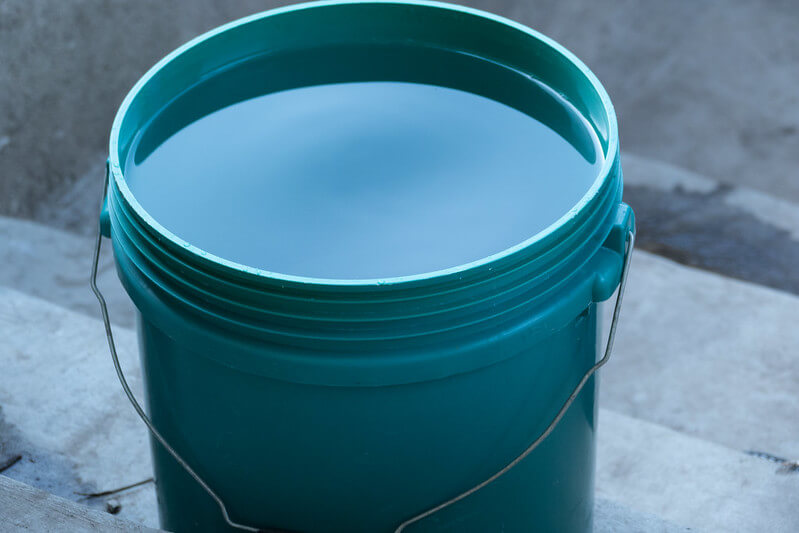
You can place it in strategic locations (under an eave or roof) where water runs well during a downpour. You can also build a simple rain collector with a tarp.
9. Easy-Harvest Root Planter
With all the heavy use they endure, it is inevitable that a bucket will develop a leak. Leaky buckets aren’t useless buckets, however. Drill a few more drainage holes in the bottom, and you have a utilitarian planter that can take some frustration out of growing root vegetables.
If you are plagued with rocky soil, you can still grow wonderful carrots and beets in a bucket. When harvest time comes, simply upend the bucket for super-easy harvesting of perfect roots.
10. Aggressive-Spreader-Stopper
Here’s another use for a leaky or broken bucket. If you love spreading plants like mint but don’t love how it wants to take over your entire backyard, bury a leaky bucket and plant the mint within its confines. Those invasive, probing roots will be tamed, and you’ll still have all the beautiful foliage and blossoms you could want.
11. Nesting Box
This is another way to continue to keep a leaky bucket out of a landfill or garbage fire. Buckets can make excellent (eggcellent?) nesting boxes for both ducks and chickens.
Lay them on their side, supported with nails or rocks to keep them from rolling, and add a 2-inch section of lid or wood to the bottom-front to help hold nesting material. Presto! You’ve got a dirt cheap egg catcher for your hens or ducks.
12. DIY Storage Seat
Need a handy place to put all your fishing gear, along with an easy-to-carry seat for that quiet place by the river? Or maybe you want to store all your knitting projects in a secure spot that doubles as a footrest? Check out these designs for a Bucket Stool and DIY this weekend.
13. Tool Tote
When you’re in the middle of a project, not being able to find the tool you need eats up valuable time and creates frustration. This slip-on tool organizer transforms a 5-gallon bucket into an instant tool-organizer and tote.
14. Underground Storage Cache
Whether you’re trying to establish some food and ammo caches at your bug-out location, or want to make a truly epic geocache-style treasure hunt for your kids, a solid 5-gallon bucket outfitted with a Gamma Seal lid can offer water-tight and pest-proof storage under the soil.
Make sure you record the GPS coordinates of the site, or cover it with a memorable stone, so you don’t accidentally hide the bucket from yourself.
15. Animal Feed Organization And Storage
Blending your own animal feed from bulk dried goods is a great way to offer them tailor-made nutrition. Organize your grains, nuts, seeds, and other mix-ins with clearly labeled buckets to make preparing daily rations a breeze.
16. Cool Ashes Storage
Many homesteads use woodstoves to heat their homes through the winter. The huge supply of ashes generated by those beautiful fires aren’t just waste products, though. Once cool, store the ashes in a few 5-gallon buckets so you can have them as a resource.
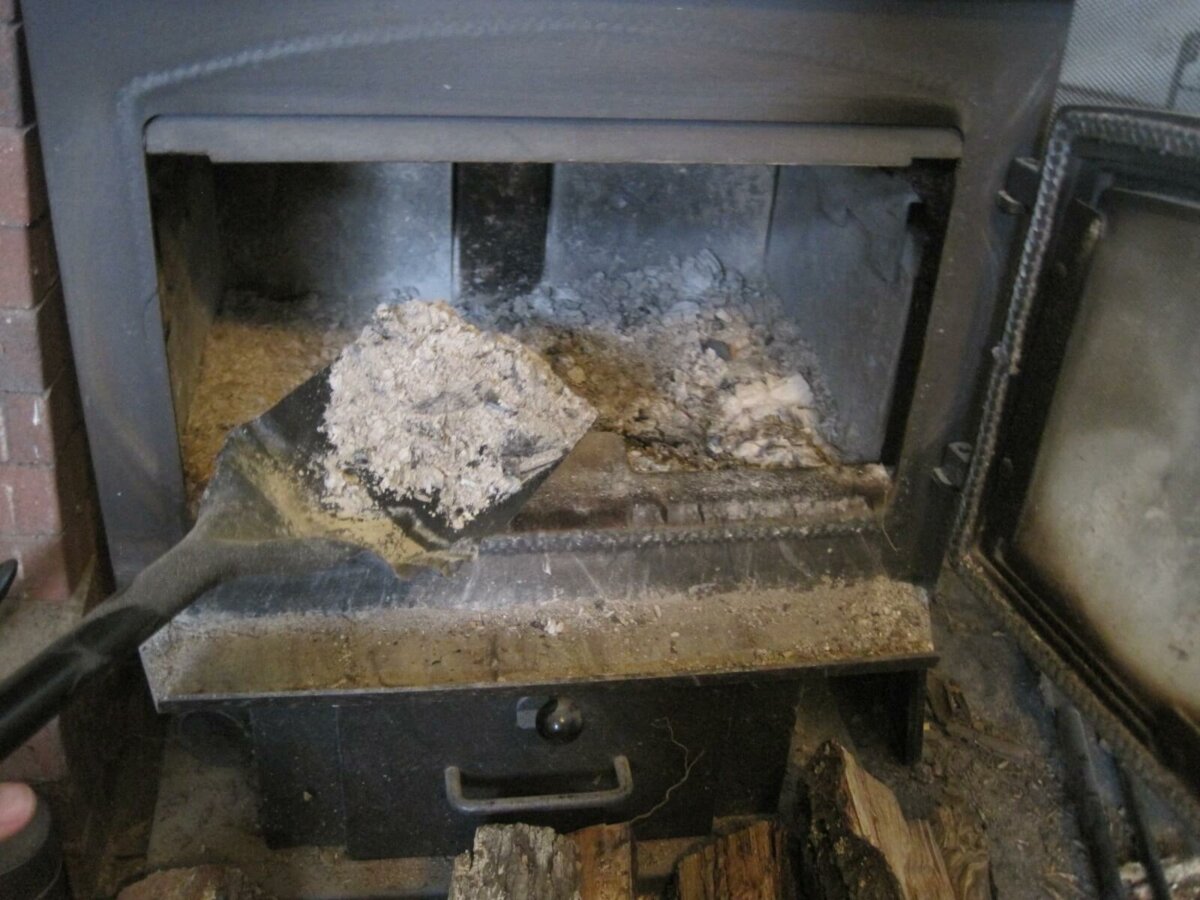
Need to dust your new chickens for the lice from their previous home? Need to fertilize the garden before spring planting? Want to try your hand at making soap the super old-fashioned way? You now have dry ashes aplenty.
I must reiterate, however, how important it is to make sure the ashes are absolutely cool before you store them in a plastic bucket. Ashes can insulate an ember for a surprisingly long amount of time. If you are careless and place hot ashes in a plastic bucket, it can very easily melt or catch fire. Don’t store hot ashes. Also, don’t store hot ashes. Finally, don’t store hot ashes.
17. DIY Lantern
Create some mood lighting to hang in the backyard or campsite. Bring it along in the RV.
18. Root Cellar Biennial Storage
5-gallon buckets are a perfect way to both extend the harvest from your garden and self-sufficiently save seeds for next year. Many heirloom gardeners know that biennials like carrots, beets, and kale need to lay dormant for the winter before they can send out seeds the following spring.
If your area is too cold to allow those plants to overwinter under mulch, you can dig them up and have them lie low in a 5-gallon bucket of soil in the root cellar or basement. Plant them again in the early spring, and you’ll be rewarded with the prize of as many seeds as you could want.
Some plants can also be stored in 5-gallon buckets for future use. I successfully kept a harvest of Jerusalem artichokes through the winter by storing them in a leaf filled 5-gallon bucket on our covered back porch. Of course, not every crop can be stored this way, but it’s worth experimenting even if you don’t have a root cellar.
19. Compost Tea Brewer
Have you read Insteading’s article on compost tea? Give it a read through, then brew up a batch of garden boosting “tea” in a 5-gallon bucket.
20. Mouse Trap
Mice are cute in stories or as the mascots of theme parks, but on the homestead, they can be a serious pest. Many traditional-style mouse traps are limited to a single use before they need to be reset, but this rolling log-style trap uses a 5-gallon bucket and can continuously catch mice all night long.
An Important Safety Note
As a safety note, ensure that all unused 5-gallon buckets are stored away someplace safe when not in use. Though I find them infinitely useful, they can also be a safety hazard when left in the open. If allowed to fill with rainwater, they become mosquito breeding zones.
Related Post: Best Tool Box
And even more seriously, a half-filled bucket left unattended can also be a drowning risk for small children who might topple into it. Buckets don’t have a warning printed on the side for no reason. We have a dedicated bucket storage area in our garage where dry, unused buckets are stacked upside-down to wait for their next adventure.
Where To Get A Good Bucket
For the majority of our uses on the homestead, we employ an army of former pickled jalapeno buckets. They are all food grade, were a super cheap find on our local Craigslist, came with lids, and didn’t end up languishing away in a landfill. If you need a general purpose bucket for everything but human food, I have no higher recommendation than rescuing yours from the restaurant industry.
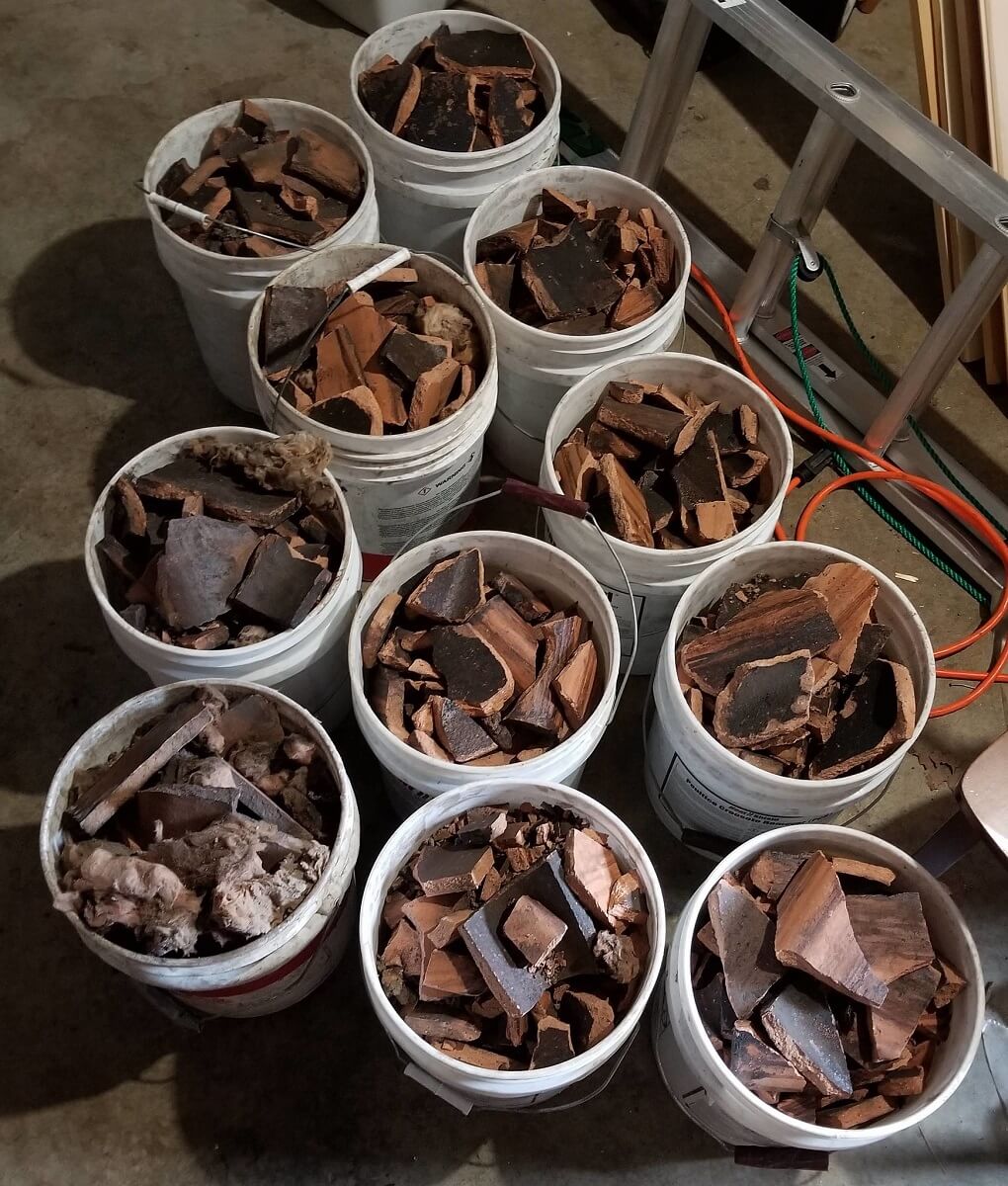
When it comes to storing our bulk food, however, we always buy new food grade buckets. Though we recycle pretty much everything on our homestead, the chance of having a 5-gallon portion of organic wheat berries slowly perfumed with the aroma of old pickled jalapenos, is not a risk I want to take (or a cookie I want to bake). New buckets are available in many different places online. Shop around to make sure you’re getting the best deal, and always make sure the plastic is rated food grade.
Hopefully, this love letter to the modest 5-gallon can inspire you to form your own relationship with a good bucket. Your city friends may think you’re crazy, but rest easy. There are some of us out here who understand. Also, I know my list is incomplete. So if you have any other innovative uses for a good bucket, let us know in the comments below.


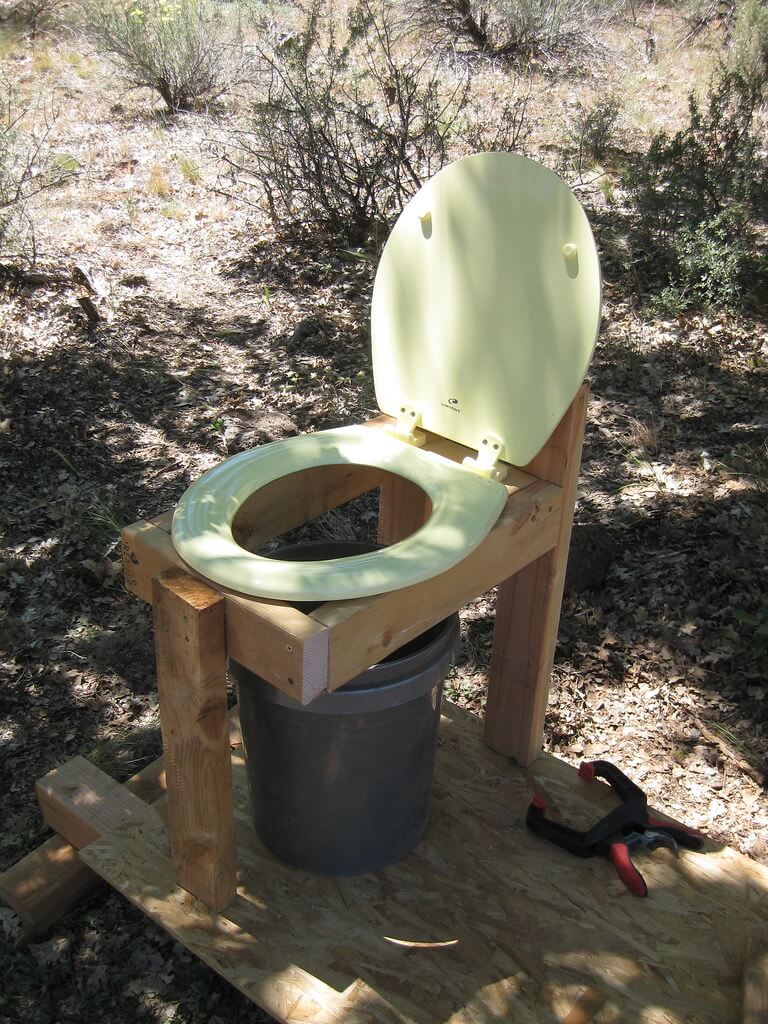
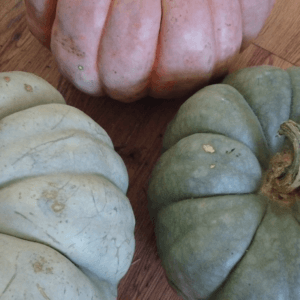

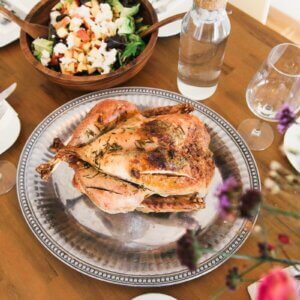

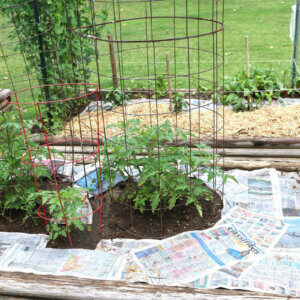






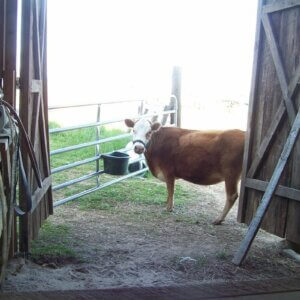
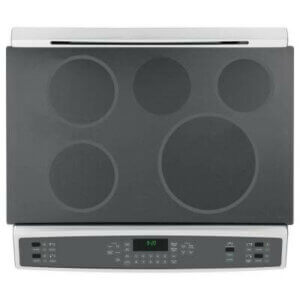
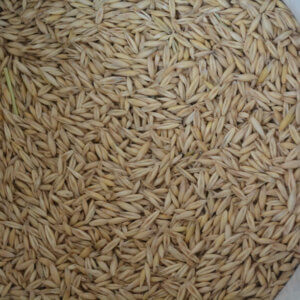



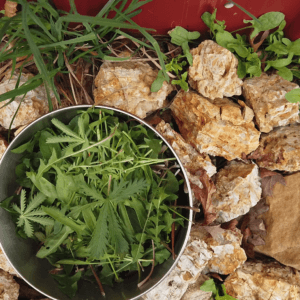



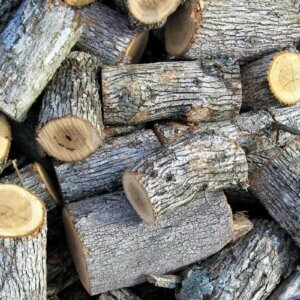

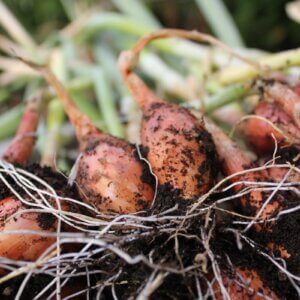






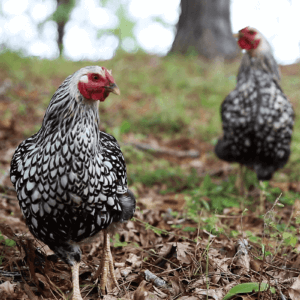


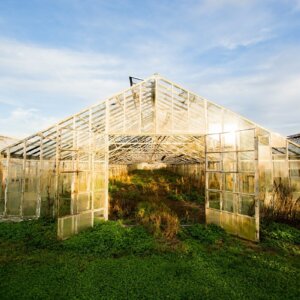
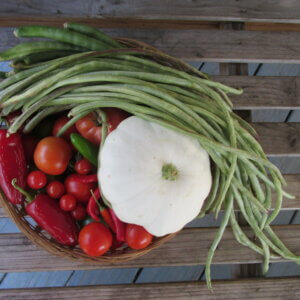
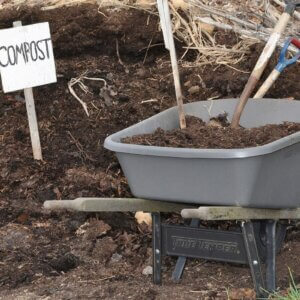

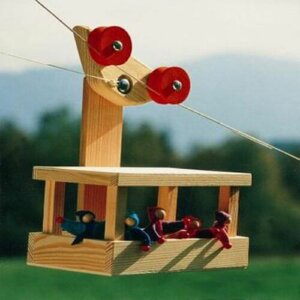

I was pretty excited to see this article go live but I didn’t realize we were going to lead with “use it as a toilet!” as our number one tip! ?
I think I’ve done half of these but “tool tote” is still probably my most common, aside from carrying a bucket around to drop weeds in.
Hot tip – Home Depot will sometimes give you a free 5 gallon bucket with all of your stuff in it when you do their curbside pickup. We’ve had a few projects to work on during the Stay In Place order in our state and the curbside pickup has been super handy.
In the past, I’ve also found plenty of free ones from local restaurants and craigslist giveaways.
Haha, what can I say? Probably only in the homesteading/prepping community can a passionate conversation about off-grid toilets carry on without anyone batting an eye. 😉
I have a favored weed bucket too. I’m pretty sure it’s my chickens’ favorite bucket as well, because they always get to sort through the contents when it’s full!
And thanks for the tip on getting buckets from restaurants! The food industry is a gold mine of containers that can be reused, if you’re a little bold and ask some questions.
Photo/Attachment:
I am using my bucket & lid for a personal sized table when enjoying the outdoors & as an outdoor trash can. Just remember,
1) a bucket with lid isn’t always stable, make sure it won’t tip over easily. Add weight inside to help w/ this.
2) That your pets maybe tall or determined enough to reach that snack you left on it. Discovered this the hard way.